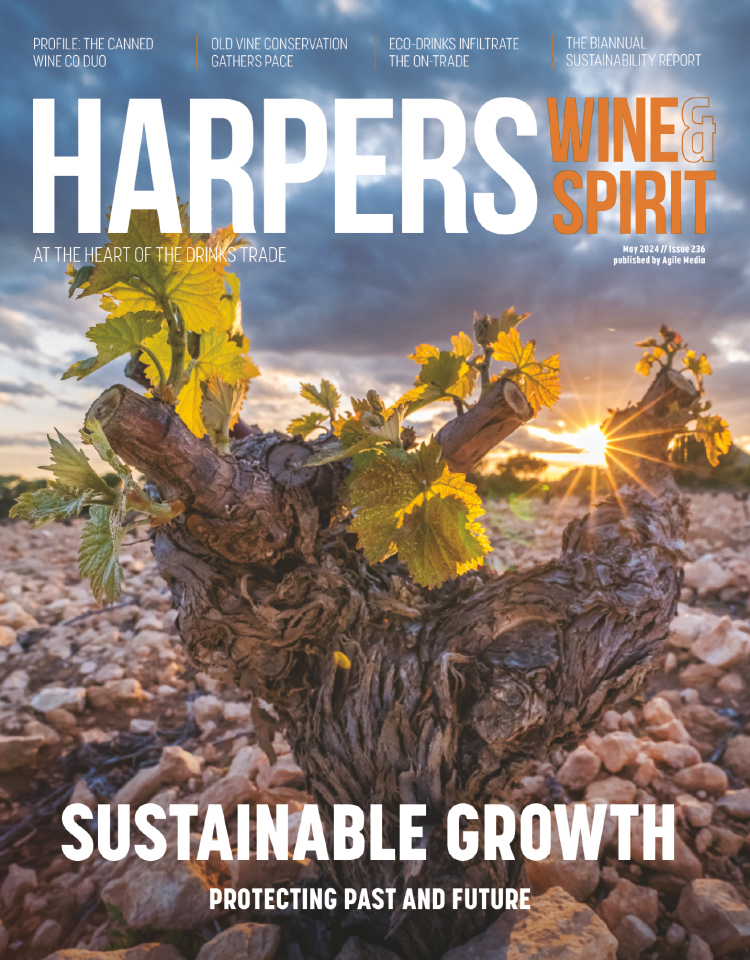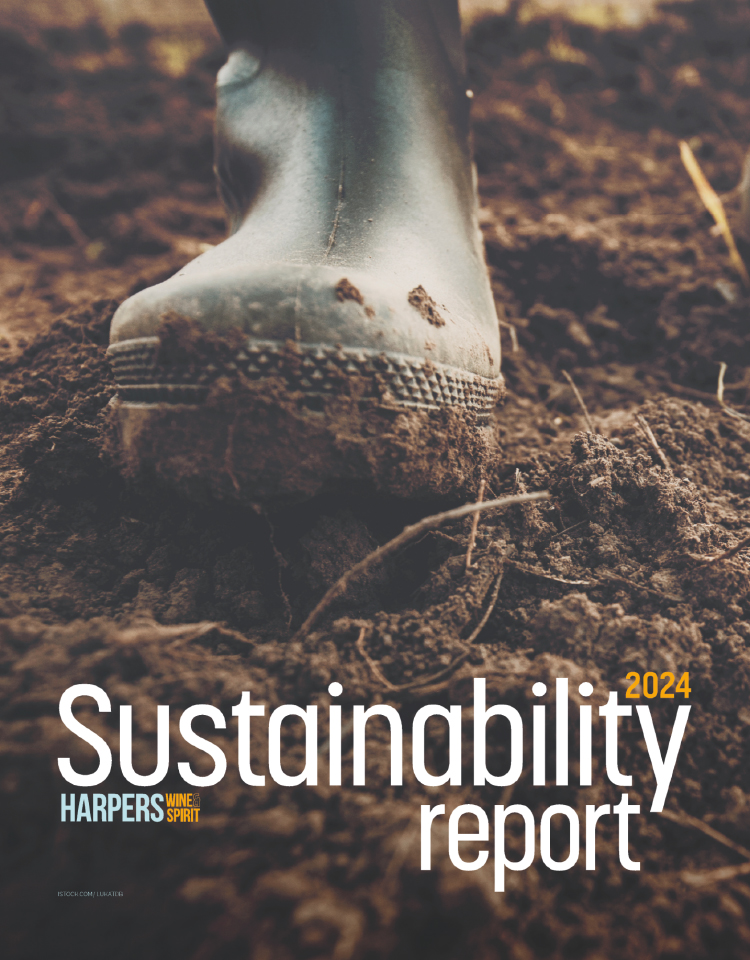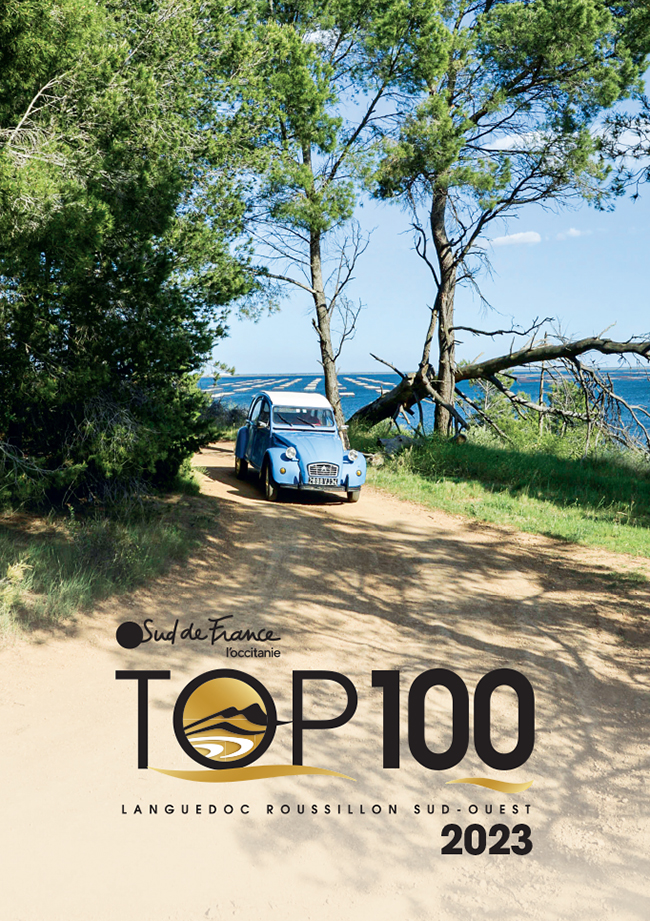
Highest volumes of Champagne produced for 10 years
Since March 2020 the Champagne market has been on ice, with little cause for celebration during a global pandemic that has reduced so many gatherings and engagements to a Zoom call.
In keeping with modern times, Champagne made a landmark announcement via an online press conference on Monday. The headline: 2021 saw the highest volume of Champagne produced for a decade. Co-presidents of Comité Champagne, Jean-Marie Barillère and Maxime Toubart said: “2020 was the earliest harvest in the history of Champagne, and production continues to accelerate.”
Thanks to favourable weather patterns which provided plentiful rain in February, warm spells in March and vines budding 16 days ahead of the ten-year average, a total of 320 million bottles were produced in 2021 from the 2020 vintage, creating an overall turnover of €5.7 billion.
July also helped the vintage to prosper. The month was the driest ever recorded in the region, and therefore the weight of the berries was lower than average, though in good condition.
Elsewhere, during the session, Barillère and Toubart acknowledged the Champagne sales collapse in 2020, caused by the pandemic, but admitted the figures weren’t as dire as anticipated. In 2020, Champagne predicted a drop between 25% and 40%, but the reality was between -17 and -18%.
In terms of strategy moving forward, though much of normal life has resumed, including staple events such as birthdays, weddings and seasonal gatherings, a new marketing strategy has emerged.
Barillère and Toubart said: “E-commerce has made wine more accessible and it is cheaper to enjoy at home.”
As a society, we are more cautious than we were before the pandemic, with many choosing to stay at home irrespective of lockdown restrictions, or lack thereof. An opportunity has thus emerged to target the ‘stay at home’ market, for those who wish to celebrate landmark occasions from the comfort of their own homes with top-end Champagne.
Aside from the pandemic, the other major talking point was climate change, chiefly prepping for 2050 (the EU aims to be carbon-neutral by then).
In early 2003, Champagne assessed the carbon footprint of the industry as a whole. Soon after, it launched the Champagne Climate Plan and it’s starting to bear fruit – by 2018 the carbon footprint of the Champagne industry was reduced by 15%. By 2025 the target is -25%, and by 2075 -75%.
Keywords:
- made
- EU
- Champagne
- industry
- carbon footprint
- barillère
- produced
- carbon
- footprint
- pandemic
- landmark
- toubart
- champagne produced
- lockdown restrictions
- home irrespective
- made wine
- major talking point
- resumed including staple
- including staple events
- new marketing strategy
- celebrate landmark occasions








